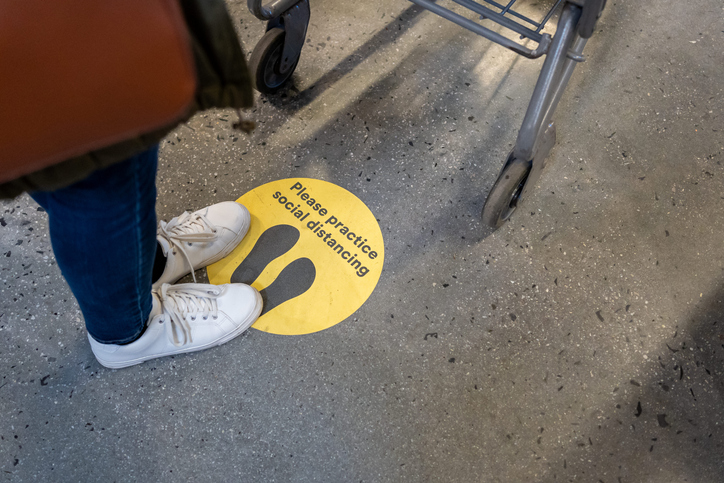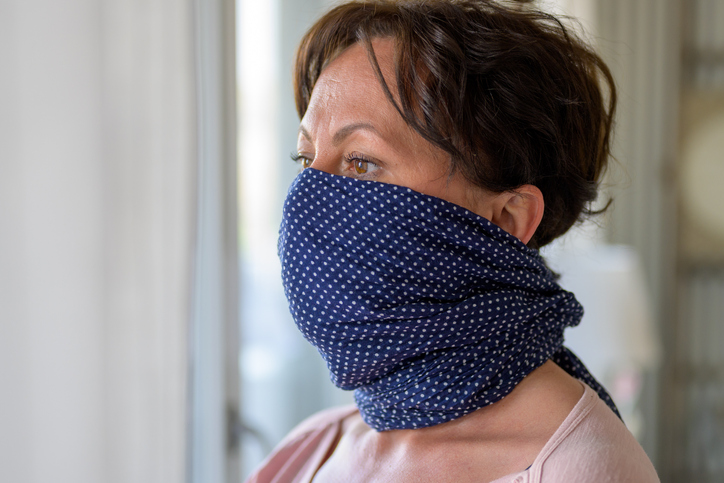Until recently, venturing out to a store, taking our children to school or visiting with family and friends was a normal part of our daily lives. With the arrival of COVID-19, daily routines have been replaced with new habits to ensure everyone in the community is safe. Bubbles, physical distancing, washing hands frequently and not touching your face are all ways we can prevent the virus from spreading.
With Ontario’s move to Phase 2, businesses are reopening, restrictions are lifting, and more people are able to gather. Life has taken on a new normal. But COVID-19 is still in our communities and in Ontario. How can we keep our region safe and ensure Phase 2 is successful? The answer to this question is that we must ensure public health measures remain in place to help prevent the spread of COVID-19 and review ways to strengthen existing strategies as our communities and businesses continue to reopen.

Prevention: Adding an extra layer
As the Medical Officer Of Health for Wellington-Dufferin-Guelph Public Health, the decision to execute a Section 22 Order to make face coverings mandatory did not come lightly. After monitoring the latest evidence regarding virus transmission; the benefits of wearing face coverings in public spaces is significant in that it prevents others from your respiratory droplets when you talk, or even just breathe. It is especially important for everyone to wear a face covering to protect those who are vulnerable such as the elderly and immunocompromised, and people unable to wear a face covering. Mandatory face coverings complement the recommendations and orders from the province. Protecting the local community is Public Health’s first responsibility and wearing a face covering is something almost everyone can do to help protect others from the virus.

When wearing a face covering isn’t possible
Wearing a face covering is not for everyone. If you have a medical or other reason or can’t wear a face covering safely, then we ask that businesses support these individuals by allowing entrance to the establishment or provide some other accommodation like curbside pick-up or allowing for a personal shopper. No proof of exemption is required in the order. Part of working together to support individuals who are vulnerable to the virus is providing accommodation and not passing judgement on those who may not be able to wear a mask.

Who should wear a face covering?
Any customer, patron, employee or visitor, who enters a commercial establishment.
Who should NOT wear a face covering?
- Children under the age of two years.
- Children under the age of five years (either chronologically or developmentally) who refuse to wear a face covering and cannot be persuaded to do so by their caregiver.
- People whose ability to breathe in any way is inhibited by the face covering.
- People that have any other medical reason they cannot wear a face covering safely, such as, but not limited to, respiratory disease, cognitive difficulties or complications in hearing or processing information.
Top 10 Frequently Asked Questions about Face Coverings:
- Are face coverings a safe and effective way to prevent COVID-19?
- Who is required to use the hand sanitizer provided by establishments?
- Do I need to provide proof that I cannot wear a face covering? Can businesses require proof?
- Can I be turned away if I cannot wear a face covering?
- Can businesses determine their own mandatory face covering policies outside of this order?
- Where are face coverings NOT required under this order?
- What type of face coverings should be worn?
- What about face shields?
- What is the proper way to safely put on and remove a face covering?
- How long will the order be in effect?
Face coverings in combination with physical distancing, washing hands and not touching your face are ways we can stop the spread of COVID-19 in our communities and keep all of us safe. We are all in this together. Visit our website for more questions and information on face coverings.
